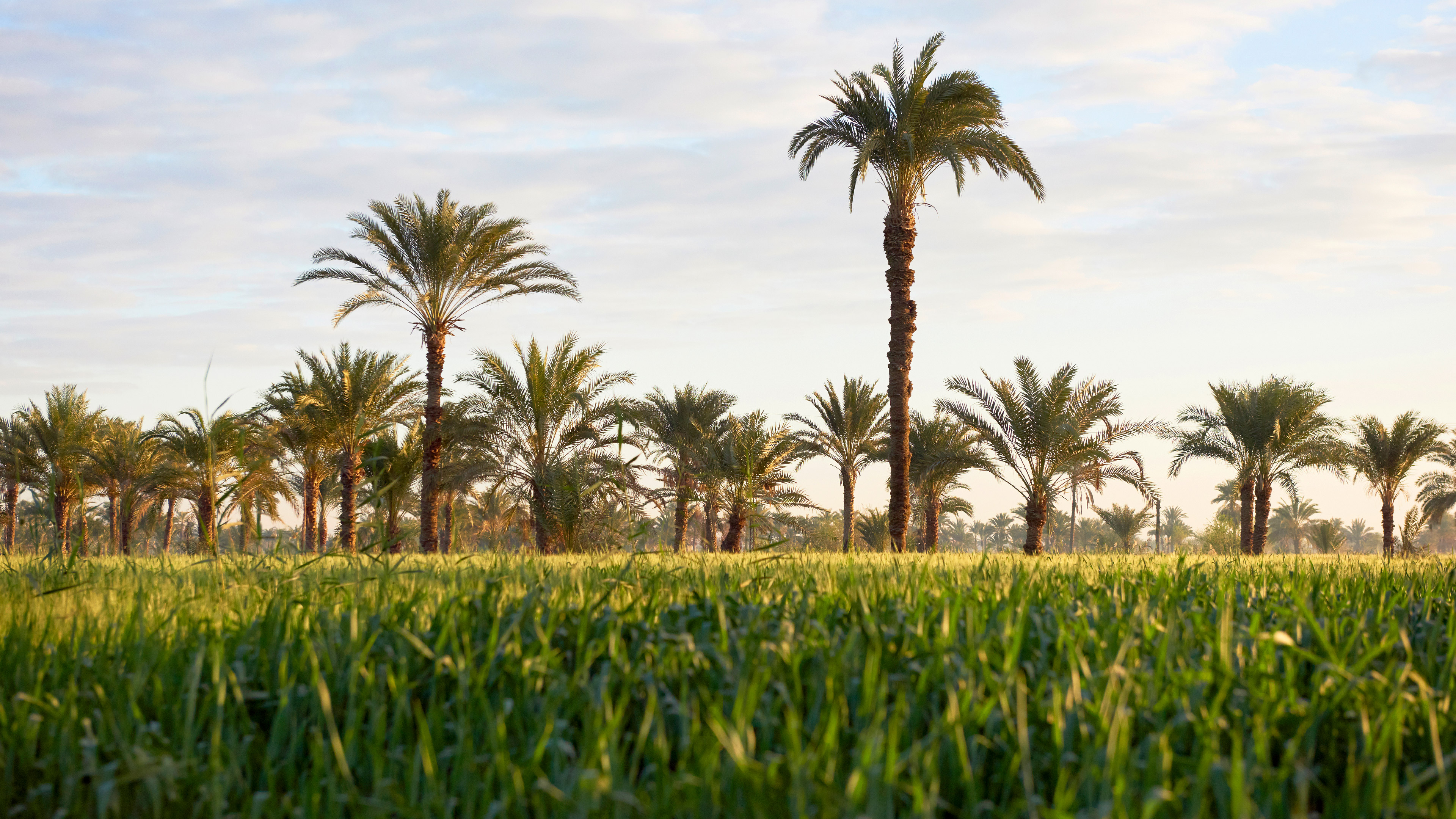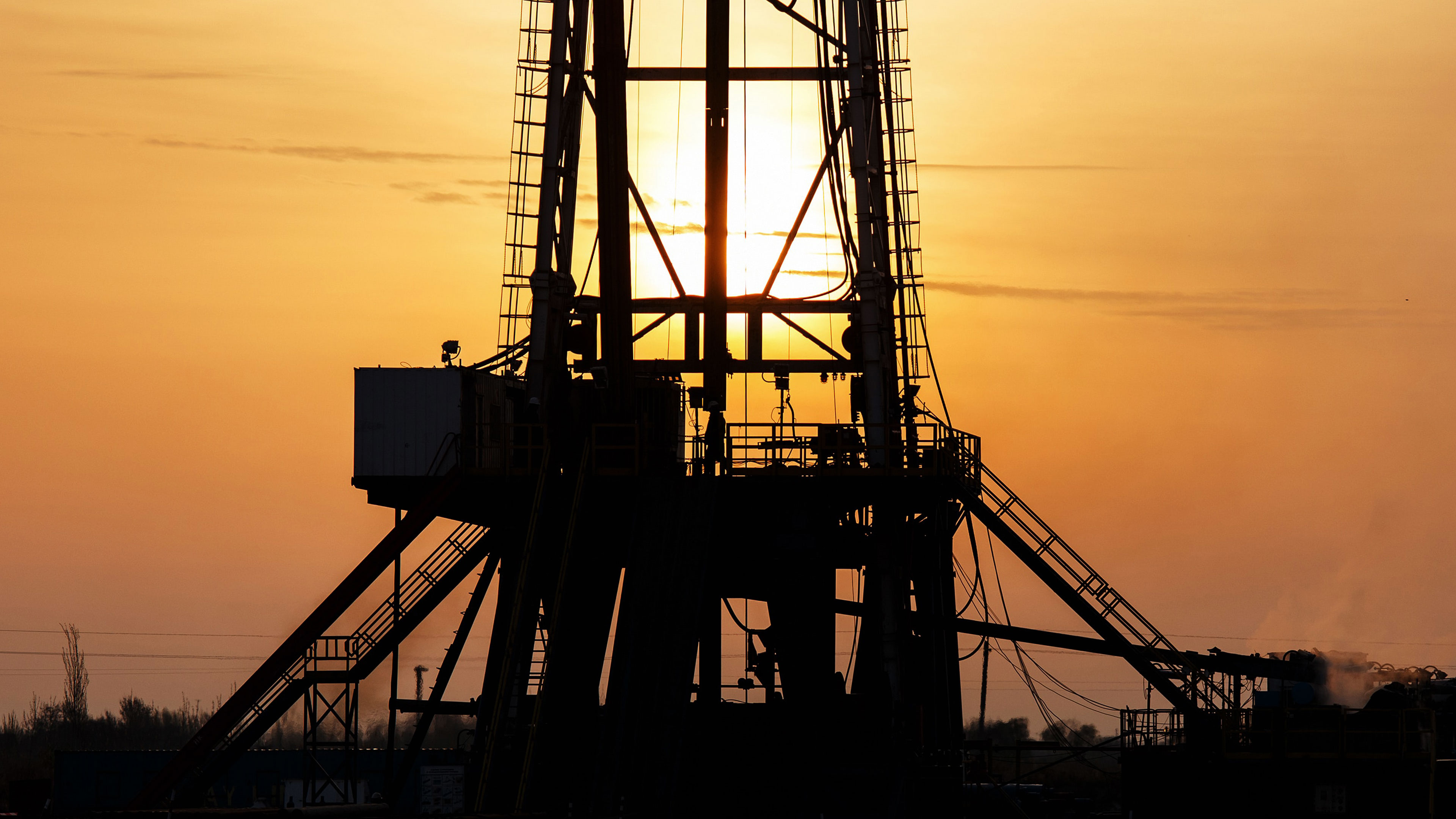Environment

We recognise and minimise our potential impact on the environment. Our Health, Safety and Environment Policy sets out our commitment to act responsibly, protect the environment and conserve biodiversity.
in 2023
Net Zero commitment and Roadmap
In September 2022, we formalised a commitment to achieve net zero GHG emissions from all our assets by no later than 2050.
Our Net Zero target includes Scope 1 (direct) and Scope 2 (indirect) emissions from all our assets. In addition, our net zero target applies to our existing as well as our future assets. As we evaluate any potential development of our business, such as licence extensions and acquisitions, we will take this commitment into account in our decision-making and it will fall under our Net Zero target.
In December 2023, we have taken the next step in our net zero journey by publishing a detailed net zero roadmap.
Our net zero roadmap, developed by a specialist consultancy in close consultation with the Company, models emission reduction pathways to achieve net zero in line with our commitment. Based on this modelling, the Company has adopted the following short and medium-term targets against the Company’s 2021 baseline year as approved by the Board:
- 2026: 5% reduction of total GHG emissions
- 2030: 15% reduction of total GHG emissions
Because we have non-controlling equity stakes in assets and are predominantly non-operating, we have no direct control to change its emissions inventory but we does have influence through our partnership with the Joint Operating Companies (JOC’s). We will use our net zero roadmap to continue to engage them on reducing emissions where possible through the options identified.
In addition, we established an Emissions Management Fund in September 2022. From every barrel net to the Company sold at an oil price above $75, this Fund is provided with $0.25. In line with our net zero roadmap, this Fund can provide financial support for emissions management projects with Pharos and its JOCs that are otherwise not feasible.
The detailed roadmap is available for download here.
Greenhouse Gas Emissions (GHGs)
GHGs associated with energy use and flaring are a key area of potential impact. We monitor and report our GHG emissions from our operated projects, joint operated projects and corporate/administrative activities, on an equity share basis, in accordance with industry requirements and standards. We also participate in the Carbon Disclosure Project (CDP), with further work to be done to continuously align with TCFD recommendations.
GHGs reported
Pharos Energy counts emissions of carbon dioxide (CO2), methane (CH4), and nitrous oxide (N2O) combined into carbon dioxide equivalent (CO2e) based on the gases’ 100-year Global Warming Potential (GWP). These three gases are produced through combustion, although N2O quantities produced via combustion is relatively small.
The other greenhouse gases, HFCs, PFCs and SF6, are not closely associated with the petroleum industry. Their respective emitting activities are not core parts of Pharos operations. The total emission of these gases is therefore expected to be small and has not been calculated.
Biodiversity
Our Biodiversity and Conservation Policy commits us to meet the objectives of the Convention on Biological Diversity (1992). We identify whether a project is located in modified, natural or critical habitats, or a legally protected or internationally recognised area; and whether the project may potentially impact on, or be dependent on, ecosystems services over which Pharos has direct management control or significant influence.
In Egypt, the El Fayum Concession borders the multiple-use management area and the natural protectorate area of Lake Qarun which includes important bird areas. It is adjacent to the Wadi El Rayan protected area which includes the Wadi Al-Hitan World Heritage Site.
In Vietnam, Blocks 125 & 126 are approximately 50km offshore to the Nha Trang Bay Protected Area and the Thuy Trieu Marine Protected Area. As per our policy, Pharos does not operate in any UNESCO designated World Heritage Site and ensures that activities in buffer zones around these sites do not jeopardise the Outstanding Universal Value of these sites.
Comprehensive Environmental and Social Impact Assessments (“ESIAs”) are undertaken for any new project prior to any operational activities using international standards and in consultation with local stakeholders. We are committed to developing site-specific biodiversity action plans (“BAPs”) in the event that operational sites are within sensitive areas, incorporating country-specific strategies and action plans and working in association with external advisers to ensure that best practice conservation priorities are achieved.
The Associated Gas-Powered Electricity Generator Project
The Associated Gas-Powered Electricity Generator Project is part of a broader plan to utilise produced associated gas for power generation, along with flare reductions.
Commissioning of the Project started on 26 February 2019, with startup and well loading June 2019 at North Silah Deep site. The generators reduce CO2 equivalent emission as they are associated-gas powered electricity generators rather than the diesel-powered generators.
